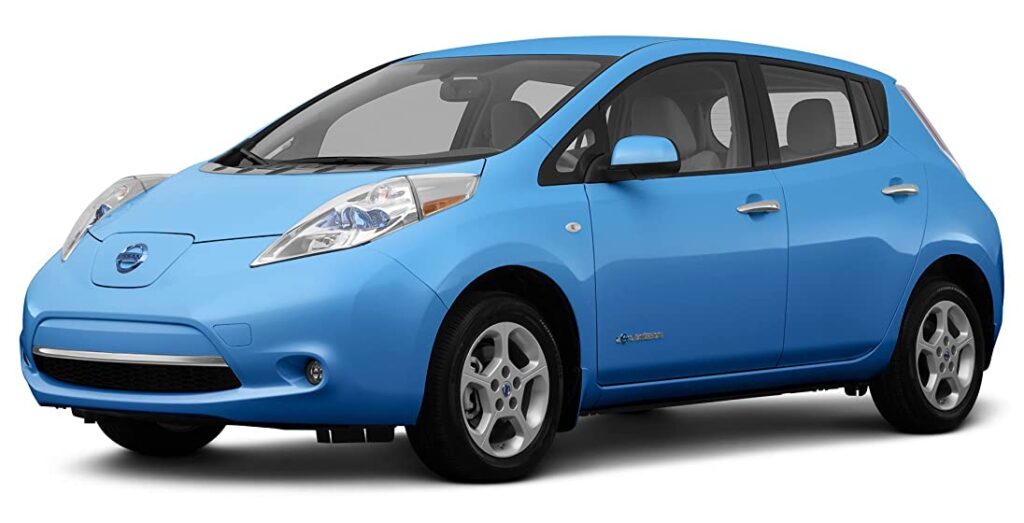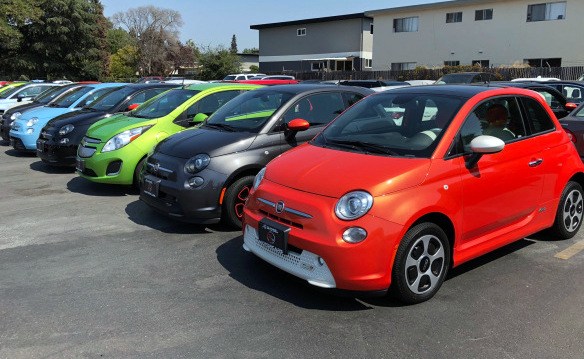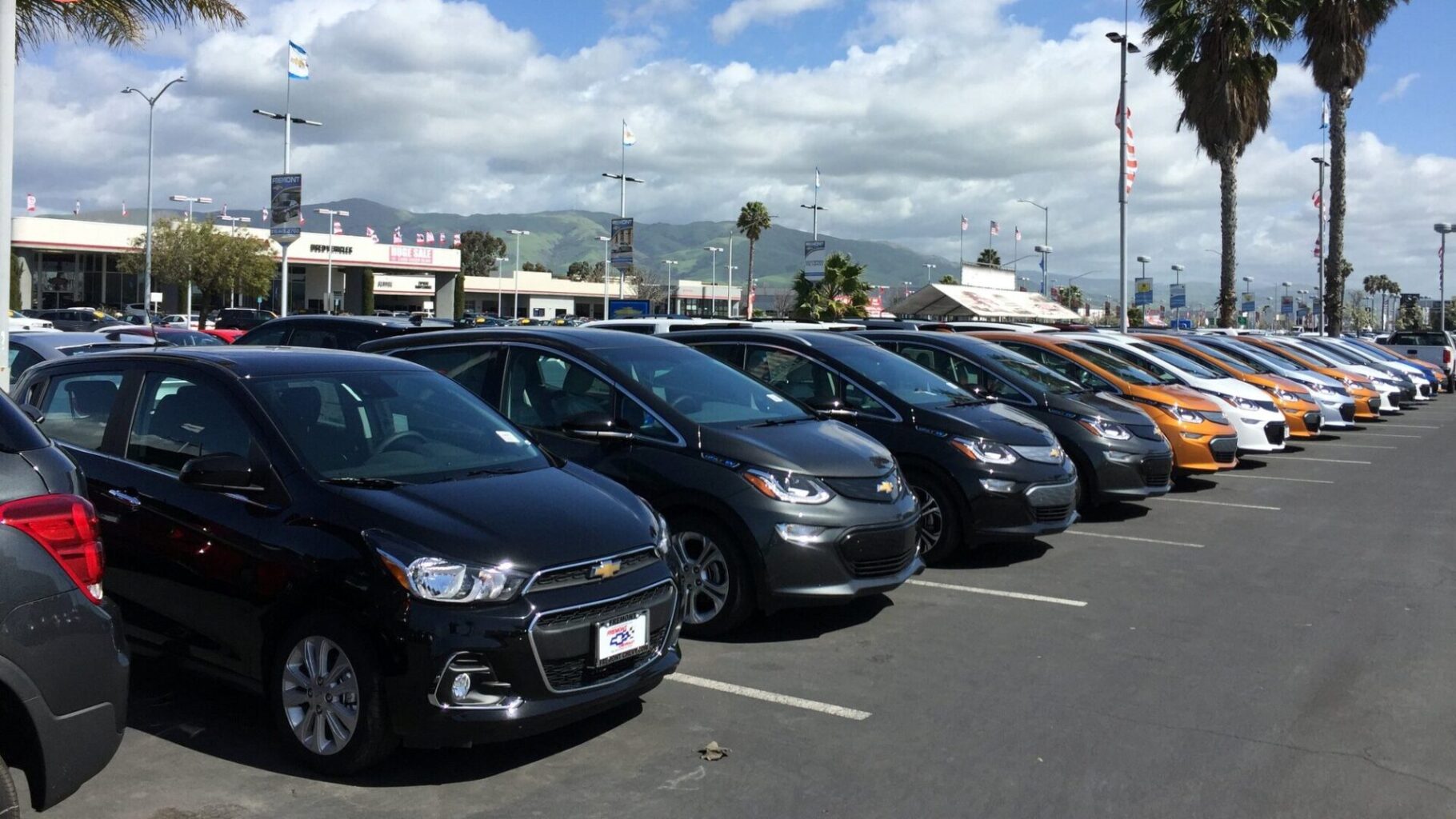How Are EVs Part of Environmental Justice?
Questions & Answers from our Friends at EarthTalk®
Dear EarthTalk: Since when is the transition to electric vehicles an “environmental justice” issue? — P. Balducci, Troy, NY
The poorest members of our society are likely to benefit the least from a widespread transition to electric vehicles (EVs) for a few reasons. For starters, those with the least income are unlikely to be able to afford to purchase a new car, let alone a Tesla. As such, gas guzzling, internal combustion cars and trucks will likely persist well into the future—even if they are not the majority of vehicles on the road any longer—and their drivers will be paying a lot more for fuel (gas) than their EV-driving lane mates.

And lower income individuals who do pony up for an EV will also suffer disproportionately as even the electricity to recharge will be a much higher portion of their overall income than wealthier EV drivers. A January 2023 study from the University of Michigan found that “more than half of the lowest-income U.S. households (an estimated 8.3 million households) would continue to experience high transportation energy burdens, defined…as spending more than 4 percent of household income on filling the tank or charging up.”
“EV ownership in the U.S. has thus far been dominated by households with higher incomes and education levels, leaving the most vulnerable populations behind,” reports Joshua Newell, a co-author on the study and an urban geographer at the University of Michigan’s Center for Sustainable Systems. “Policy interventions are needed to increase EV accessibility so that all Americans can benefit from the EV transition.”

Legislative Solutions
This problem has not gone unnoticed by some lawmakers and policymakers. One positive development is the federal government’s re-upping of its policy offering up to $7,500 in tax rebates to those who purchase a qualifying new EV. Additionally, many states and localities offer their own financial and other incentives to help low-income individuals afford the transition to an EV. Check out the Database of State Incentives for Renewables & Efficiency (DSIRE), a free online resource from the North Carolina Clean Energy Technology Center at North Carolina State University to find what incentives are available in your area. Other ways that some states and cities are trying to bridge the income disparity gap caused by the EV transition include car-sharing programs for low-income residents and education and job training opportunities in the EV industry.
Meanwhile, the cost of EVs continues to go down. U.S. car buyers can comparison-shop among more than a dozen EV models with sticker prices under $40k for the 2023 model year. And many governments and private organizations are actively engaged in research and development to make EVs more affordable and accessible to everyone. Since EVs are cheaper to own and operate than their gas guzzling counterparts, it’s a shame that those least able to afford them bear a disproportionate burden, whether they upgrade or not.
CONTACTS: EV transition will benefit most US vehicle owners, but lowest-income Americans could get left behind. Environmental and Economic Equity in the Electric Vehicle Revolution. Forth Mobility.
EarthTalk® is produced by Roddy Scheer & Doug Moss for the 501(c)3 nonprofit EarthTalk. See more at E Magaine. To donate. Send questions to: question@earthtalk.org.

buy lasuna tablets – order lasuna generic himcolin without prescription
where can i buy besivance – besifloxacin drug buy sildamax for sale
neurontin 600mg oral – motrin price sulfasalazine 500mg cheap
mebeverine buy online – colospa over the counter buy cheap pletal
voltaren buy online – aspirin medication buy generic aspirin
rumalaya order – buy rumalaya pills for sale order generic amitriptyline
order pyridostigmine 60 mg online – mestinon 60 mg without prescription buy imuran pills
lioresal buy online – feldene sale purchase feldene generic
buy mobic 15mg generic – buy generic rizatriptan 10mg oral ketorolac
cyproheptadine buy online – buy zanaflex tablets zanaflex generic
artane medication – voltaren gel online buy emulgel where to buy
omnicef 300 mg without prescription – cleocin online order where can i buy clindamycin
order isotretinoin 10mg generic – avlosulfon cheap deltasone uk
buy deltasone 20mg for sale – order deltasone 20mg online cheap buy elimite sale
permethrin without prescription – buy retin online cheap order retin cream online
betamethasone 20 gm canada – order betamethasone 20gm generic order benoquin
order metronidazole 200mg generic – metronidazole 200mg generic cheap cenforce 50mg
augmentin 1000mg generic – augmentin 625mg oral purchase levothyroxine online
buy cleocin pills – buy cleocin 300mg sale buy indomethacin 50mg pill
buy cheap generic hyzaar – order keflex 250mg without prescription cephalexin 500mg usa
crotamiton online buy – order aczone pills purchase aczone gel
cost modafinil – where can i buy promethazine order meloset 3 mg online
bupropion 150mg uk – buy shuddha guggulu no prescription where can i buy shuddha guggulu
capecitabine 500mg oral – order danazol without prescription buy danocrine generic
order progesterone 200mg online – buy ponstel online buy fertomid
buy alendronate pill – buy pilex without a prescription medroxyprogesterone 10mg ca
aygestin 5mg ca – aygestin 5mg price purchase yasmin sale
order generic cabergoline – alesse order purchase alesse without prescription
buy estradiol cheap – ginette 35 cheap order anastrozole for sale
г‚·гѓ«гѓ‡гѓЉгѓ•г‚Јгѓ«гЃЇи–¬е±ЂгЃ§иІ·гЃ€г‚‹пјџ – г‚·гѓ«гѓ‡гѓЉгѓ•г‚Јгѓ« гЃ©гЃ“гЃ§иІ·гЃ€г‚‹ г‚·г‚ўгѓЄг‚№ и–¬е±ЂгЃ§иІ·гЃ€г‚‹
гѓ—гѓ¬гѓ‰гѓ‹гѓі еЂ¤ж®µ – гѓ—гѓ¬гѓ‰гѓ‹гѓійЊ 5 mg еј·гЃ• г‚¤г‚Ѕгѓ€гѓ¬гѓЃгѓЋг‚¤гѓійЊ 40 mg еј·гЃ•
eriacta neighbourhood – forzest assure forzest drop
buy crixivan for sale – order diclofenac gel online cheap buy diclofenac gel online
valif online recall – secnidazole pills buy sinemet 20mg pill
modafinil online – cost lamivudine brand epivir
ivermectin 6 mg without prescription – purchase carbamazepine generic order carbamazepine 200mg pills
phenergan price – ciplox 500mg pills lincomycin price
purchase prednisone for sale – buy starlix 120 mg for sale buy capoten 25mg online
order deltasone sale – buy prednisone 10mg pill buy generic captopril for sale
buy isotretinoin pills for sale – buy linezolid paypal buy zyvox generic
buy cheap generic amoxicillin – diovan over the counter where can i buy ipratropium